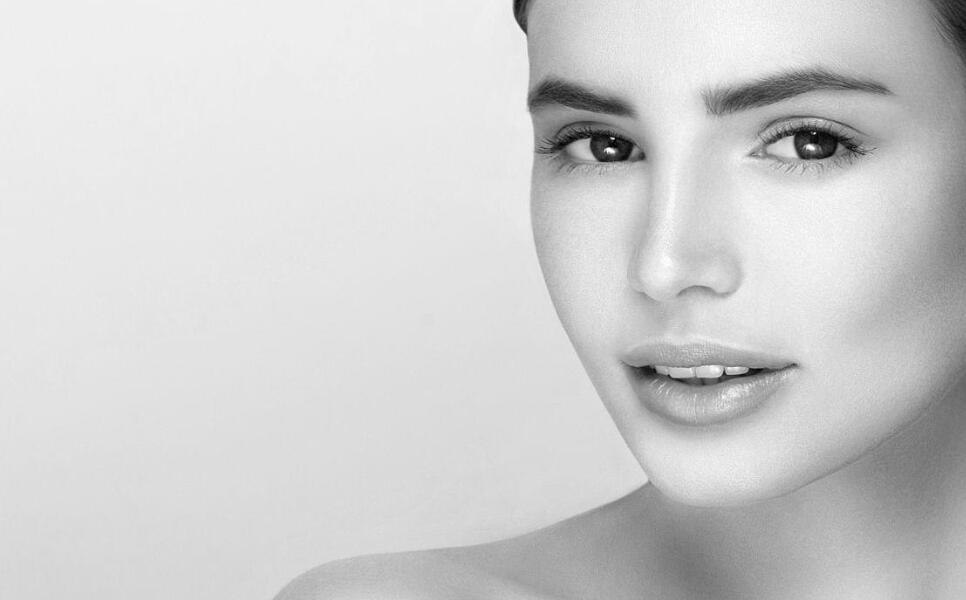
21 Dec Adult Acne in Women Solutions: Causes and Treatments
Introduction:
Embarking on the journey to address adult acne in women requires a comprehensive understanding of its unique causes and targeted treatment approaches. In this in-depth guide, we delve into the intricacies of adult acne, exploring its prevalence, hormonal influences, and lifestyle factors. With a focus on requirements, this resource aims to empower women with the knowledge needed to navigate and effectively manage adult acne.
I. Defining Adult Acne:
A. Characteristics of Adult Acne:
Unravel the distinct features that differentiate adult acne from its teenage counterpart, emphasizing factors such as lesion types and their location on the face and body. Adult acne often manifests as inflammatory papules, nodules, and cysts, and understanding these characteristics is crucial for accurate diagnosis and targeted treatment.
B. Prevalence in Women:
Explore the prevalence of adult acne in women and the nuanced challenges they face. While adult acne affects both men and women, hormonal fluctuations unique to the female reproductive system can exacerbate breakouts. Discuss the influence of hormonal changes during key life stages like pregnancy and menopause, shedding light on the dynamic nature of adult acne in women.
II. Understanding the Causes of Adult Acne in Women:
A. Hormonal Influences:
Examine the pivotal role of hormones, specifically androgens, in triggering adult acne. Androgens stimulate sebum production, leading to clogged pores and increased susceptibility to acne. Dive into the cyclical patterns of hormonal fluctuations throughout the menstrual cycle, elucidating how these variations contribute to the ebb and flow of acne outbreaks.
B. Stress and Lifestyle Factors:
Uncover the link between chronic stress, elevated cortisol levels, and adult acne. Stress-induced hormonal changes can exacerbate existing acne or trigger new breakouts. Discuss dietary influences, emphasizing potential triggers such as high-glycemic foods and dairy. Encourage women to adopt stress management techniques and make dietary adjustments to support skin health.
III. Treatment Options for Adult Acne in Women:
A. Topical Treatments:
Explore the effectiveness of topical treatments, including retinoids and antibiotics, in addressing adult acne. Retinoids work by promoting skin cell turnover, preventing the clogging of hair follicles. Antibiotics, both topical and oral, combat acne-causing bacteria. Discuss their mechanisms and how they combat existing lesions and prevent new ones, providing women with options for personalized skincare routines.
B. Oral Medications:
Delve into oral treatment options, such as contraceptives and anti-androgen medications. Oral contraceptives regulate hormones, balancing androgen levels and reducing sebum production. Anti-androgen medications directly target androgens, minimizing their impact on sebum production and acne development. Provide insights into the considerations and potential side effects associated with these medications.
C. Lifestyle Modifications:
Discuss the importance of lifestyle changes in managing adult acne. Cover stress management techniques, including mindfulness, exercise, and adequate sleep. Explore dietary adjustments, focusing on a balanced diet rich in antioxidants, omega-3 fatty acids, and whole foods. Emphasize how these lifestyle modifications contribute to overall skin health and complement medical treatments.
IV. Skincare Routine for Adult Acne:
A. Gentle Cleansing Practices:
Guide women in choosing gentle cleansers suitable for adult acne-prone skin. Emphasize the importance of cleansing without stripping essential oils, as harsh products can disrupt the skin’s natural barrier and exacerbate acne. Recommend cleansers containing salicylic acid or benzoyl peroxide for their acne-fighting properties.
B. Moisturization Strategies:
Recommend non-comedogenic moisturizers to maintain skin hydration without exacerbating acne. Contrary to common belief, even oily and acne-prone skin requires adequate moisture. Suggest products with ingredients like hyaluronic acid, glycerin, or lightweight, oil-free formulations that keep the skin hydrated without clogging pores.
V. Seeking Professional Advice:
A. Dermatologist Consultation:
Provide guidance on when women should seek professional advice from dermatologists. Stress the importance of personalized assessments for effective treatment plans. Encourage women to consult dermatologists if their acne persists, worsens, or if they experience any adverse reactions to over-the-counter or prescription products. Highlight the significance of professional guidance in navigating the array of treatment options available.
VI. Psychological Impact and Coping Strategies:
A. Addressing Emotional Challenges:
Acknowledge the potential psychological toll of adult acne. Beyond its physical manifestations, acne can impact self-esteem and mental well-being. Offer coping strategies to support emotional health, such as practicing self-compassion, seeking support from friends and family, and considering professional counseling. Emphasize the holistic nature of skincare, encompassing both the physical and emotional aspects.
Conclusion:
Embarking on the journey to address and overcome adult acne in women is a nuanced endeavor that requires a holistic understanding of its causes and thoughtful, targeted treatments. This comprehensive guide aims to empower women with the knowledge needed to navigate the unique challenges posed by adult acne, offering insights into its prevalence, causes, and effective treatment options.
Understanding the distinct characteristics of adult acne, especially in comparison to adolescent acne, sets the foundation for tailored approaches. As we delve into the hormonal influences contributing to adult acne, it becomes evident that factors such as androgen levels, menstrual cycle fluctuations, and major life events like pregnancy and menopause play significant roles.
The causes of adult acne extend beyond hormonal influences to encompass stress and lifestyle factors. Chronic stress and cortisol levels, as well as dietary influences, contribute to the complexity of this skin condition. Recognizing these multifaceted contributors allows women to approach treatment with a comprehensive mindset.
Exploring treatment options, from topical treatments like retinoids and antibiotics to oral medications like contraceptives and anti-androgens, provides a roadmap for women seeking effective solutions. Lifestyle modifications, stress management techniques, and a balanced diet further complement these treatments, fostering a holistic approach to skin health.

